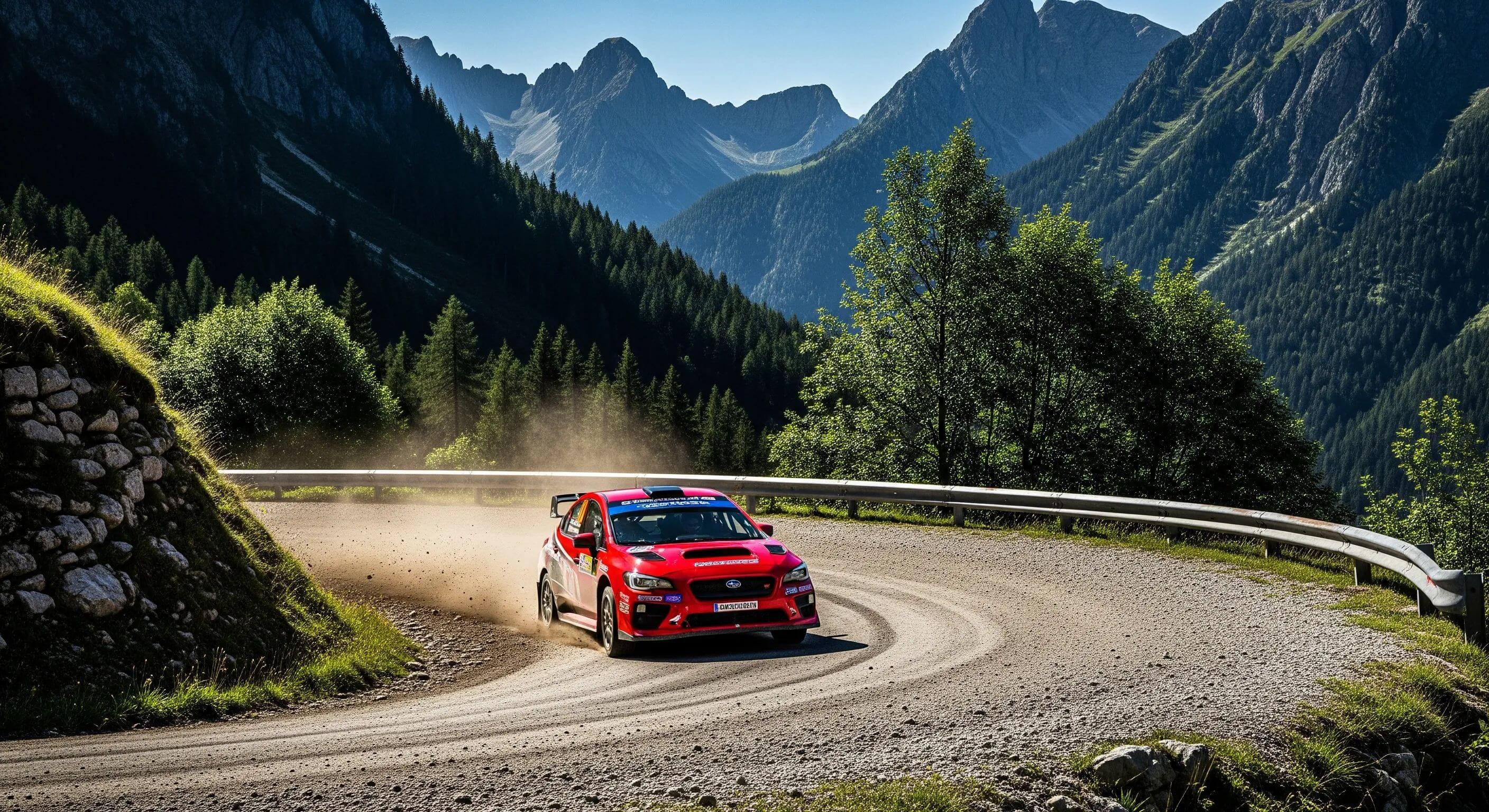Betting on Formula 1 isn’t just picking who’ll win the race. It’s a complex cocktail of performance metrics, circuit variables, weather conditions, and pit strategies. Many rookies treat it like horse racing — pick a favorite and hope for the best. That’s how bankrolls bleed out. Formula 1 betting requires a different kind of sharpness because the sport itself is a strategic battlefield where even the tire compound matters more than people think.
Let’s start with the core bet types: outright winner (race winner), podium finish, pole position, fastest lap, head-to-head matchups, and safety car deployment. The highly volatile nature of motorsport makes hedging strategies essential — you’d want to back not just the top driver but also a dark horse with solid qualifying performance. Bookmakers like 10Bet offer decent markets on these variants, but knowing which market to engage with comes only from immersing yourself in the practice.
Digging into technical analysis before placing a bet
One of the laziest habits I see is picking bets based just on the standings. Yeah, Max Verstappen might be leading the championship, but track layout and tire degradation over long runs can flip a race upside-down. Focus on sectors where drivers perform exceptionally well — some are beasts in high-speed corners, others shine in tight chicanes. Historical track performance holds more water than the driver’s public media confidence.
How to analyze circuit-specific data
Each circuit demands different strengths — Monza’s a power circuit, while Monaco rewards precision and downforce. Weather plays a wicked role too. I’ve seen rain remove frontrunners from contention faster than a bad pit stop. Longtime punters study years of historical data per circuit: tire wear rates, pit strategy efficiency, virtual safety car frequency, and overtaking zones. If I recall correctly, Singapore almost always ends with a safety car... good time to look for a prop bet on that. For more insights on betting strategies, check out this comprehensive guide on 10Bet.
Qualifying sessions are your best friend
Never bet before watching at least the free practices, and certainly not without qualifying. Drivers like Hamilton thrive under pressure during Q3 when grip levels rise, while some mid-field drivers light up the time sheets early then fade. Betting post-qualifying can narrow down your margin of error drastically. This isn’t bluffing your way through poker; this is data-driven warfare. Smart punters adjust their bets after FP3 and qualifying, even if odds tighten.
Strategizing bankroll and bet types for F1
Formula 1 is not a volume betting sport — betting every race with the same stake is how you slowly sink. The trick is selective aggression. Bankroll management here is a blend of marathon and sprint. You hold back until favorable race conditions align, then pounce with precision. Prop bets like “number of classified finishers” or “first driver to retire” give you decent edge if you’ve been tracking mechanical reliability — little-known market with big value.
High volatility implies high variance, so don’t overextend. I treat each Grand Prix as a standalone campaign, with bets grouped as low-risk coverage (like top 10 finishes), mid-risk podium predictions, and one high volatility shot (fastest lap or chaotic weather outcome). Advanced punters often split units across these tiers, and that’s not luck — it’s embedded discipline. Sites like Stake Casino are good at offering these exotics, especially fastest lap bets with live tracking.
Legality, integrity, and choosing the right bookmakers
Now let’s get one thing straight — if you’re betting Formula 1 through shaky offshore sportsbooks, you’re doing it wrong. I’ve seen people unpaid for clear wins because of ambiguous rules or shady house policies, especially if you’re placing live or in-play bets. It’s a jungle out there. Stick to licensed, EU or UK-regulated operators or those with strong track records in payout speed, market coverage, and customer protection. Betting on F1 may be a thrill, but don’t sacrifice security for marginal odds.
Respected operators also tend to offer early markets, dynamic in-race bets, and robust F1-specific promotions. You’ll want that, especially for tight-margin strategies. Review platforms like the Axe Casino breakdown really help identify who’s reputable and who’s just barking for attention. A sportsbook might offer great odds, but without fast withdrawals and transparent terms, it’s just lipstick on a pig.
Final thoughts — it’s a game of patience, not impulse
If you’re serious about betting on Formula 1, toss aside the casual approach. This isn’t football or tennis where form alone sways the outcome. Here, it’s telemetry, team strategy, and often luck wrapped in chaos. And sure, luck plays a role — but the sharpest bettors build everything else around that sliver. You’ll have good weekends and god-awful ones, but discipline keeps your head above water.
Betting on F1 is for those who love the grind — following tire updates from Pirelli, decoding team radio whispers, and tweaking bets lap by lap when the safety car rolls in. You need patience, stubborn attention to detail, and the humility to learn from every blown bet. Automation, bots, or tips from Instagram gurus can’t replicate that. You want to master it? Start by watching the races not as a fan, but as a student. Everything you need is on that tarmac, burning rubber and whispering secrets.
/fit-in/80x80/1683214554/numa-jabara.png)
Numa is a writer who is passionate about everything that is related to gambling. With 5 years of experience in gambling industry, he finds the drive to write about it- all the way from the intricacies of gambling to the latest trends in technology.
Review Credits:
